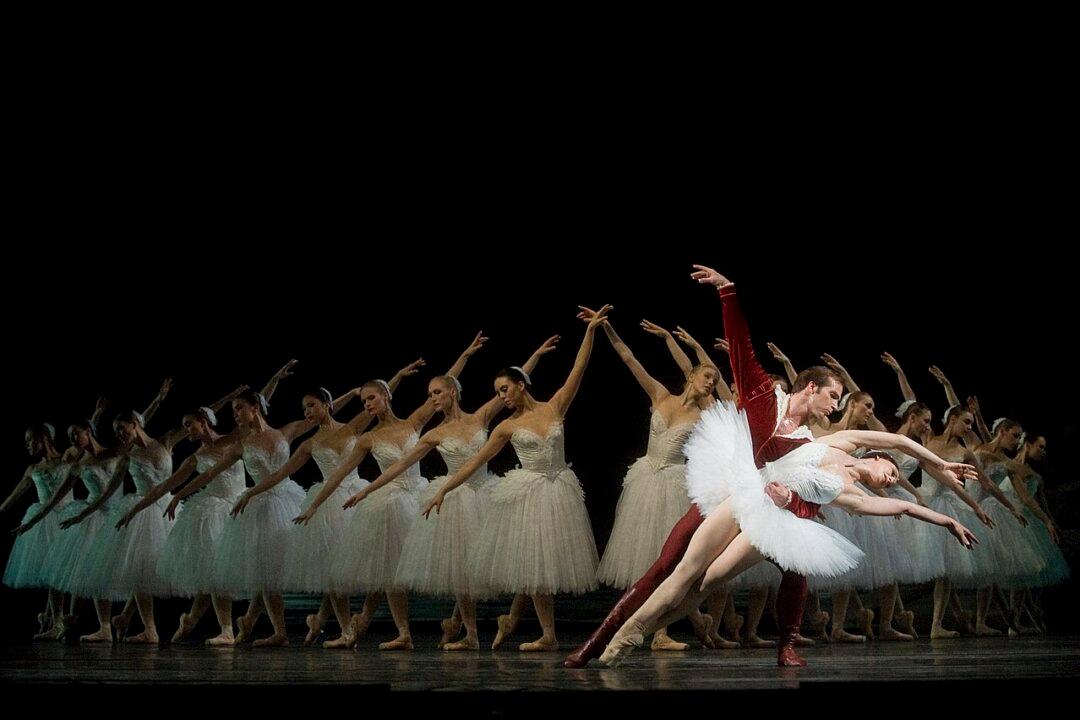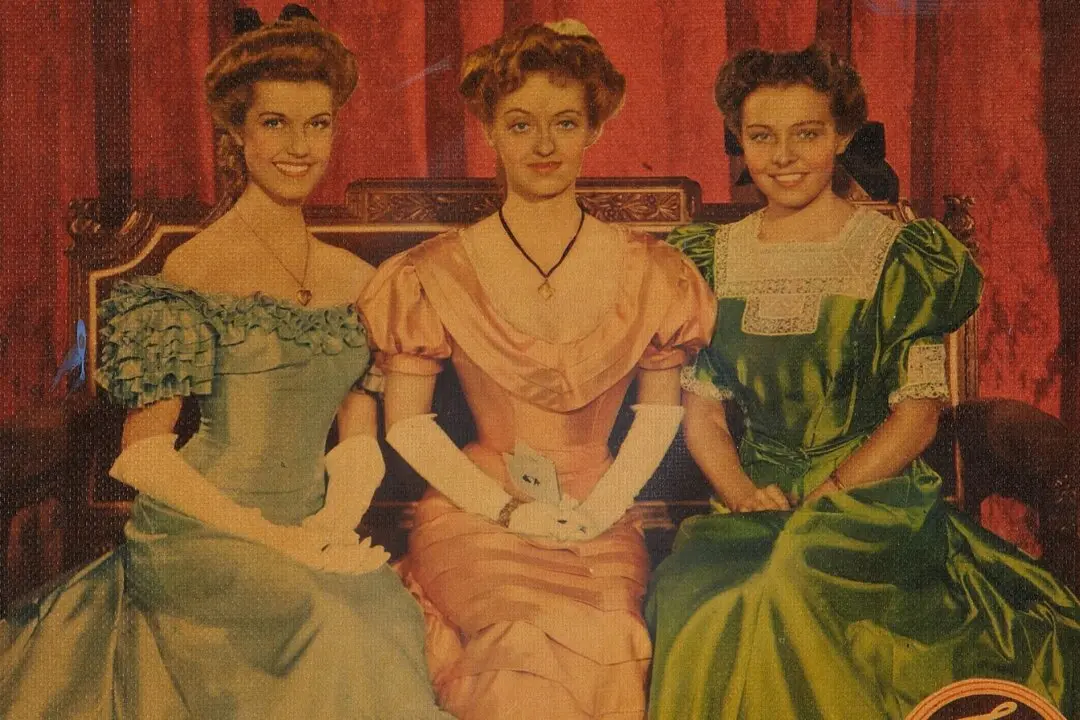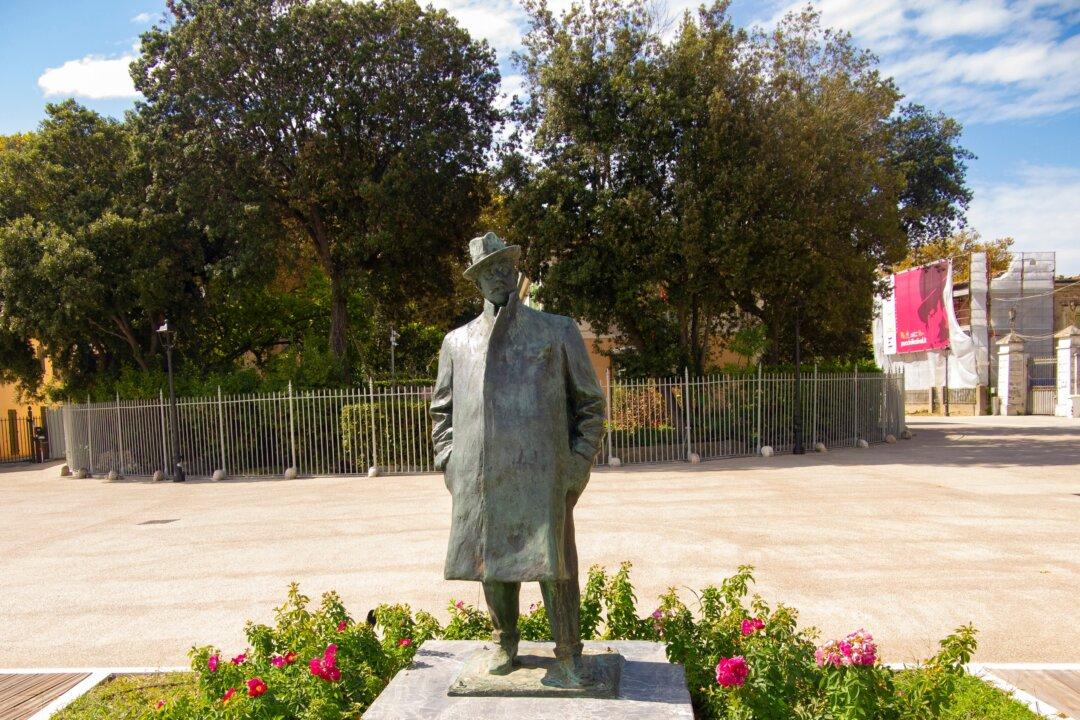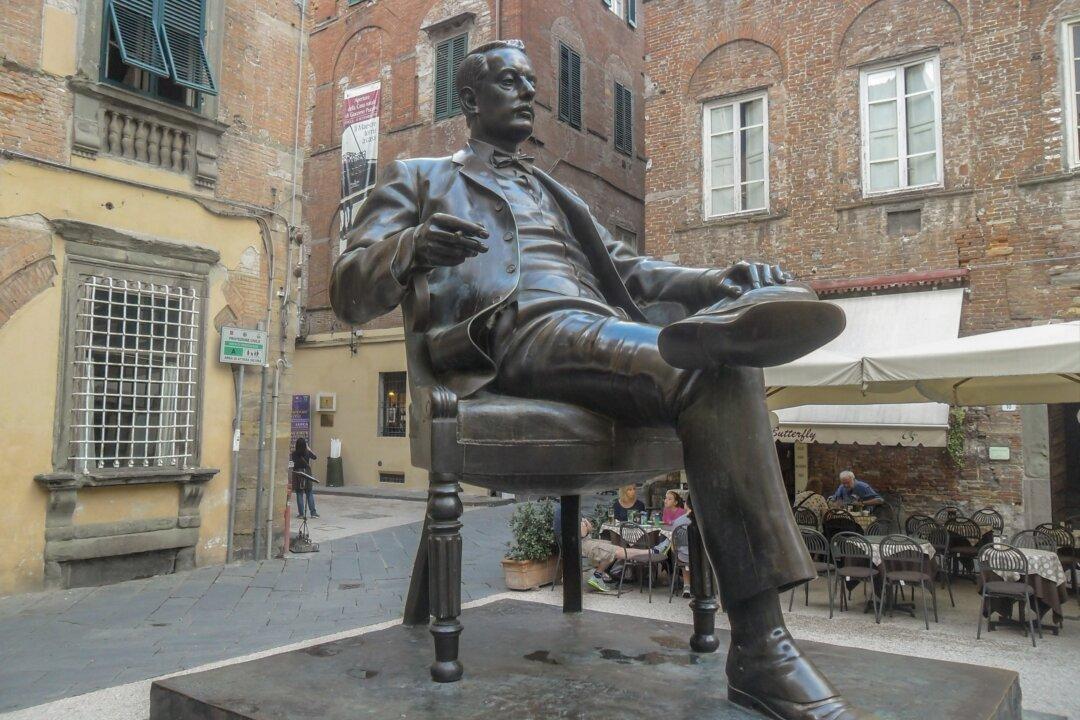The swan is perhaps the animal most frequently associated with ballet. In fluffy white tutus and pink pointe shoes, ballerinas glide across the stage like swans floating on a lake. Of course, the swan isn’t the only avian character in ballet. There is the dramatic red mythological bird of Igor Stravinsky’s “The Firebird.” “Sleeping Beauty” features a bluebird couple and a canary fairy, both of whom usually wear feathery costumes and flap their arms like wings as part of their choreography. There even is a barnyard chicken dance in the 1789 ballet “La fille mal gardee.”
None of these are quite as graceful and lovely as the swan, and there are two terpsichorean (pertaining to dance) interpretations of this waterfowl—“Swan Lake” and “The Dying Swan.”






